Japan: Tokyo – Tsukiji Fish Market – Mt Fuji
- Posted: March 26, 2013
- By: andylibrande
- In: Activity Categories, Japan, Location Categories, Travel
 0
0
Dates: Dec 28th, 2012 – Jan 5th, 2013 (4 days more then originally planned)
Who: Caitlin and Andy
Trip Overview: (CHECK OUT the interactive Google Map)
- 6 Days in and around Tokyo visiting Tsujiki Fish Market, gardens, temples, etc
- 3 Days traveling around Mt Fuji visiting Lake Yamanakako and the Hakone Region
- New Years Eve at Meiji Shrine
- Lots of delicious food, crazy sights, and incredible encounters in a very interesting and beautiful city
This will not be a normal blog posting where everything follows a sequence of events as we had a non-linear agenda and enjoyed some places multiple times.
TSUKIJI FISH MARKET
Forklifts whizzing by with hundreds of little carts weaving between semis, bikes, and tourists. Everything moving past us at the fastest and most efficient pace possible. Unusual smells, many unknown sea-creatures, and plenty of excitement. Visiting the Tsukiji Fish market is quite the experience. Octopus at one of the many interesting and sometimes weird stalls in the Inner-Market:
I am convinced that if this market was in any other country that was not full of people as courteous as they are in Japan, it would literally kill a handful of tourists a day. Especially considering our first visit was just days before the Japanese New Year which is Japan’s largest holiday resulting in an influx of Japanese tourists and flooding the already cramped market. One of the Many Fish Market cart drivers weaving between cars, people, large trucks, and other carts all while sucking on a cigarette and balancing a huge load on the back:
Being the world’s largest Fish and Produce market with daily sales of ~$20 million, you can imagine how many people are required to keep this large market running. Around the Outer Market is a collection of sushi restaurants which serve some of the freshest fish you can get from all over the globe. Tiny, each one seats around 15 people with lines forming very early at every door. The wait is worth it and the bowls of rice covered with huge pieces of sashimi were incredible. The Inner-Market is where all the magic happens and is only open after 9am to Tourists (the early morning Tuna-auction was closed to the public when we were in Tokyo). Walking through the massive halls of thousands of little shops was the coolest market experience I have had yet. Below is a photo at one of the many stalls with a worker delicately preparing a Tuna steak:
Hundreds of individual stands squeezed together and stretched over a quarter mile specialize in nearly every form of seafood available inside the Inner-Market in Tsukiji:
The Outer Market restaurants were so good we ate there three times for breakfast. Get here early and enjoy the experience. Waiting in line to eat some of the best sushi I have ever had, the old lady on the left directed the line of people (as many as 30-40) while the young man took everyone’s order before they entered the tiny restaurant (picture menu on the right wall):
Temples: Meiji Shrine, Yasukuni Shrine, and Asakusa
The temples in Tokyo are interesting as they all have a lot of history, but the actual physical structures are generally very new. Considering Tokyo was founded in the 1600’s and subsequently burned down every couple of years, in retrospect it is not that surprising; this required a mind-shift from my time in China when paintings/structures/art can be in their form from 1,000-3,000 years ago.
One of the downsides to being in Tokyo during the New Year was that virtually any public place (park/museum) that required a ticket or entrance fee was closed for a number of days before and after the 1st. Luckily we could work around that fairly easy and there was still plenty to do.
Asakusa is a major destination with lots of shops and a great temple to visit. Luckily this was the only day it rained and moving through the massive crowds of umbrellas was an interesting challenge:
While at the Meiji Shrine some sort of Shinto Ceremony was going on. We watched for a while as they did their blessings and prepared for the new year:
New Years in Japan is their largest holiday. Therefore we thought it would make sense to visit the largest shrine in Tokyo, the Meiji Shrine, on New Year’s eve. After an enjoyable afternoon stroll through the park we returned just before midnight to a massive crowd of Japanese and a handful of foreign tourists. A countdown happened with some drumming, but little fanfare. This photo is from right at midnight and at this point a quarter mile and thousands of people stood between us and the inner-temple; we quickly called it a night after that:
Imperial Gardens and Other Parks in Tokyo
Being the middle of winter most of the foliage was hibernating. Regardless, every park we visited was pristine and the meticulous landscaping was still an incredible sight to see.
The Imperial Garden was finally visited on the last day of our trip (day #9) as it was closed the entire time prior to that. Amazing park to walk through and I can’t imagine seeing this place with the Cherry blossoms in full bloom:
Our last day in Roppongi (day #5) we were greeted with clear skies which allowed for us to spend some time 60 floors up in the Mori Tower. Amazing to see this massive city from this height. Caitlin peering through the glass from the Mori Tower in Roppongi with Mt Fuji sticking up in the upper-left hand corner and Shinjuku city center in the Upper-right:
Mt. Fuji and Lake Yamanakako
Awaking to a beautiful day with Mt. Fuji towering over the surrounding countryside was well worth the effort of the unplanned travel. The previous 36 hours were full of uncertainty as we tried to figure out what to do in Tokyo for an additional 4 unplanned days once we realized that we could not fly standby to Bangkok . We were both pleased with our decision to visit the Mt. Fuji region and get some fresh countryside air. Mt Fuji our first morning in the area near our hotel:
We ended up walking around Lake Yamanakako which was one of the highlights of the trip. It took longer then expected as the side of lake we walked along ended up being 5 miles long and took 3 hrs to get to the next small town section. After a late lunch we stumbled upon a small shrine that was in the area. By this time we had visited a number of shrines and knew that you needed to follow a specific set of steps to cleanse ourselves. Under the helpful guidance of one of the local priests we preformed our new years ceremony which was a treat to do it in such a local spot. Afterwards I had to take a photo of the fountain that you cleanse yourself in as this one was the most unique. Dragon fountain at Yamanakako Suwa Shrine:
The hotel was a little dated but had quite a bit of character. It was a “traditional” hotel (ryoken) and had it’s own Onsen (essential a public hot-tub). Pretty cool experience and I wish we had more time to explore other Onsens. The winter is generally off-season so sleeping at night was more like camping than a hotel. However, it had paper walls which we had fun with:
Hakone Region of Mt. Fuji and Owakudani
A series of perfectly timed transportation connections was a fresh change compared to any travel I have ever done anywhere else. A local bus to a highway bus over a mountain pass to another highway bus to arrive at Lake Ashinako in the Hakone Region was the first leg of the journey. A 2.5 mile gondola ride over thermal valleys, followed by a cable-car, then back to a train that descends 2,000 ft along switchbacks, finally getting to the bullet train (aka “romance car”) back to Tokyo, where we had to take one last subway to our hotel for the night was the last leg. A miraculous day of travel that went somehow flawlessly (have to love Japan!) and along the way was full of some worthwhile sites. Crossing over one of the mountain passes in the morning had the best views of Mt. Fuji and gave us interesting views:
Along the way we saw pirate ships, feral cats preying on ducks, ate magical black eggs that extend your life by 18 years, saw thermal features and hot-springs, were 2,000 ft high above the ground, stashed our luggage in a snowy forest, had great views of Mt. Fuji, found a indoor tropical garden, and saw the ocean. A portion of the geyser field called Owakudani with plenty of Japanese tourists:
Conclusion:
For a trip of this size we were able to make it come together with just a little bit of planning. Thanks to Japan’s efficient systems and ability to actually make tourist destinations easy to navigate we had a great time. This is an easy country to travel in and one that everyone should travel to as there are few barriers to having an amazing time. Every meal was high-quality food, 7-11’s are actually really nice, you can buy beer in vending machines on the street, and everyone we met was incredibly helpful and great to be around. Can’t wait to continue to explore this great country! Myself and Caitlin in front of Mt Fuji:
Please Expand to see the Trip Map and a Detailed Itinerary:
Read More»
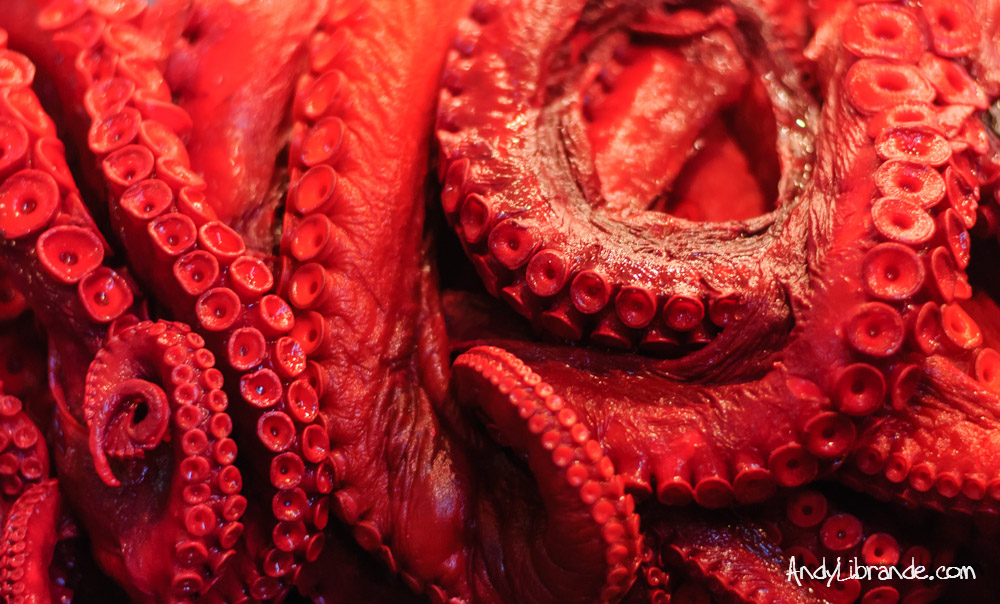




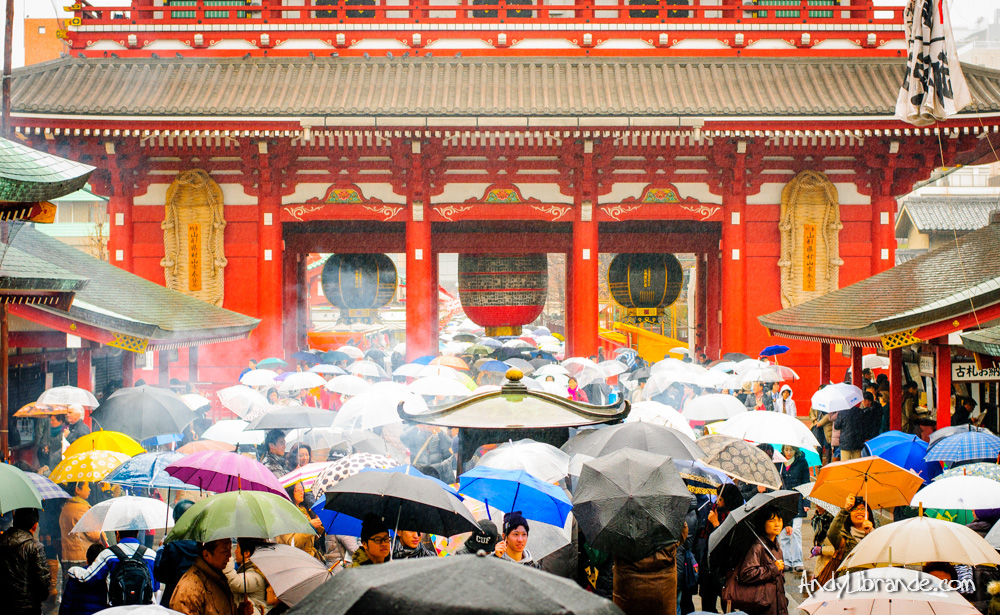
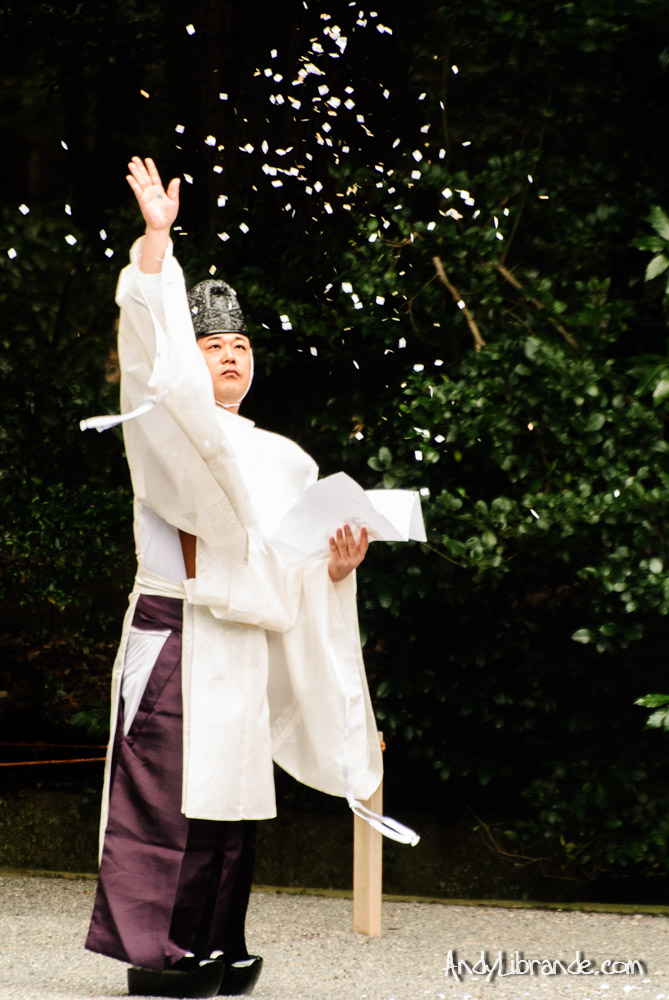
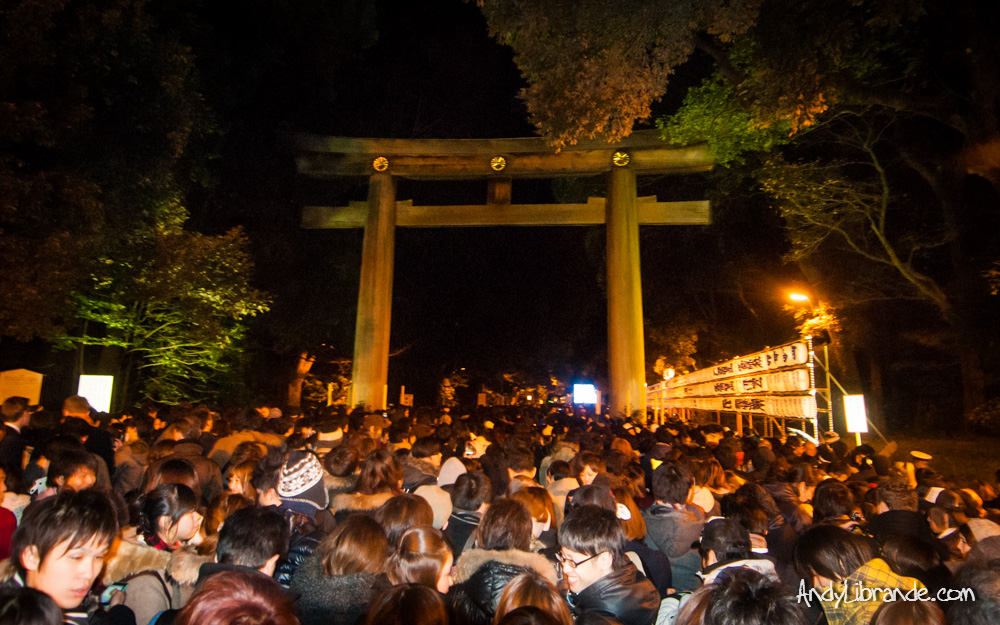

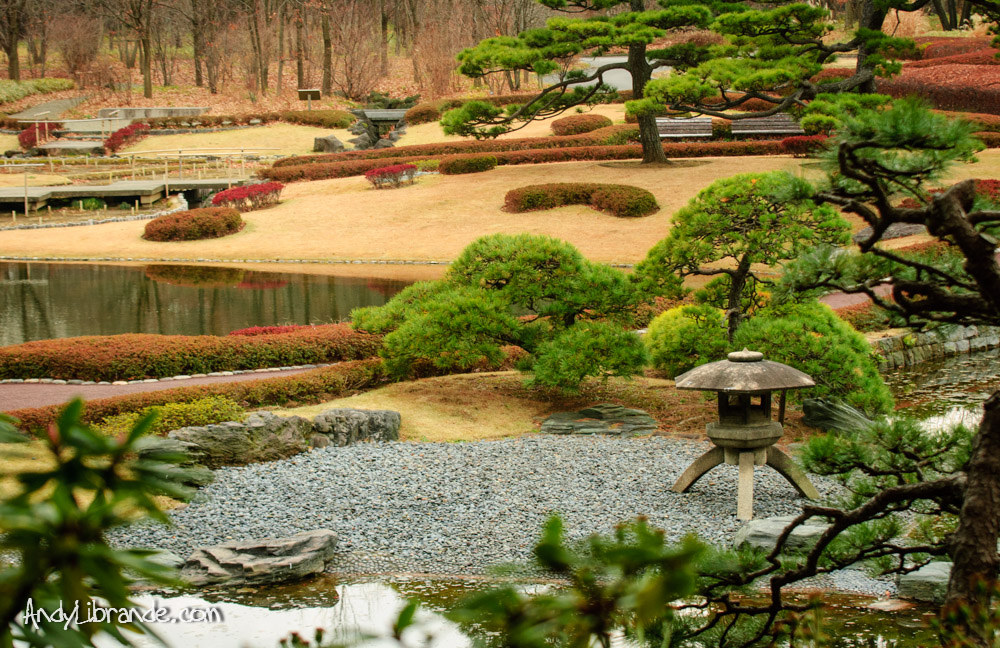
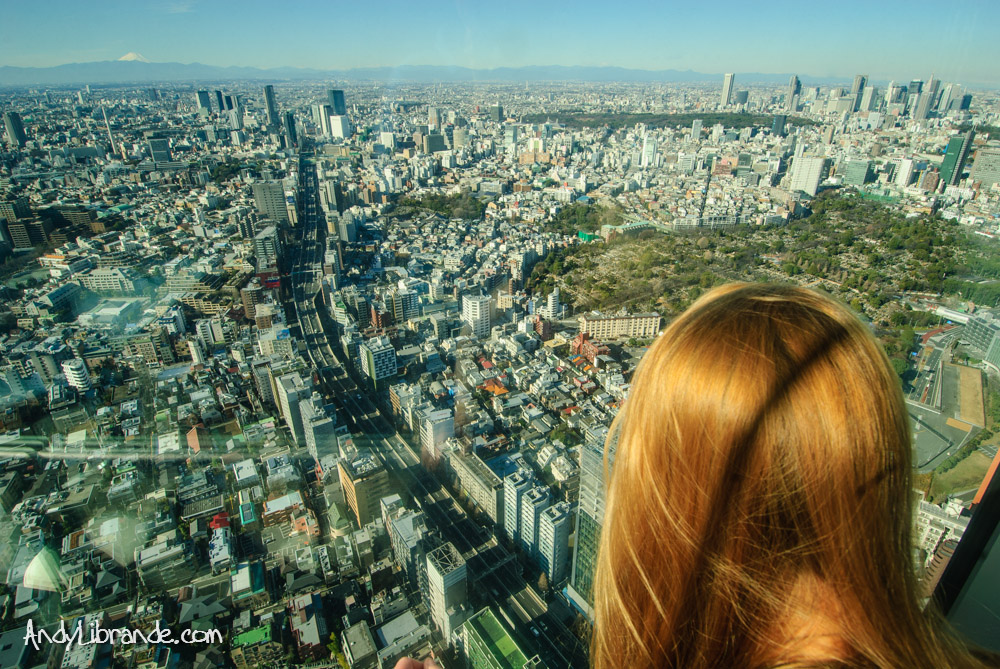

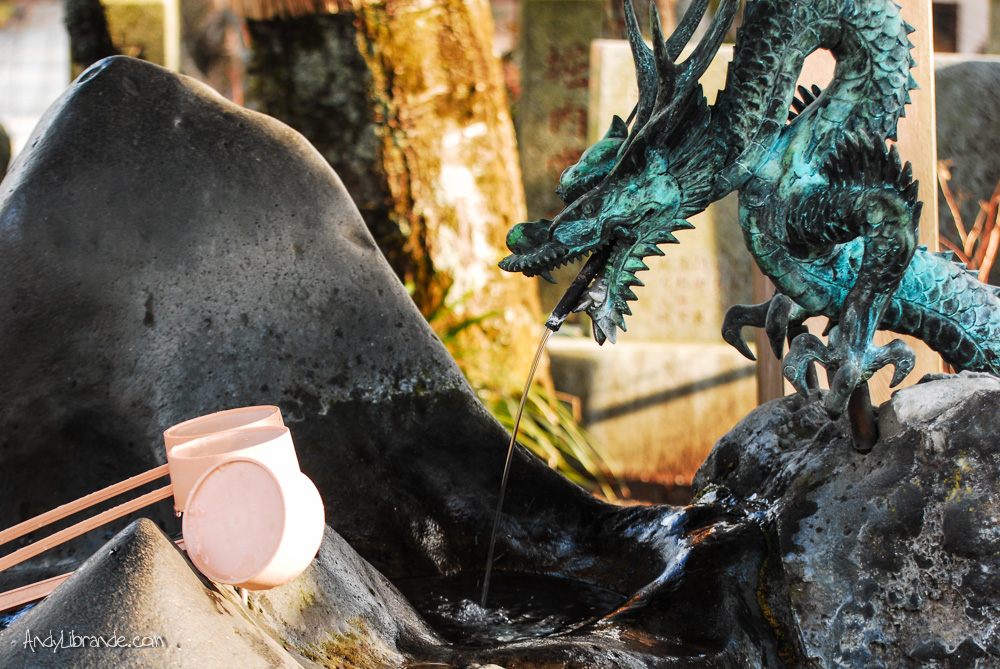
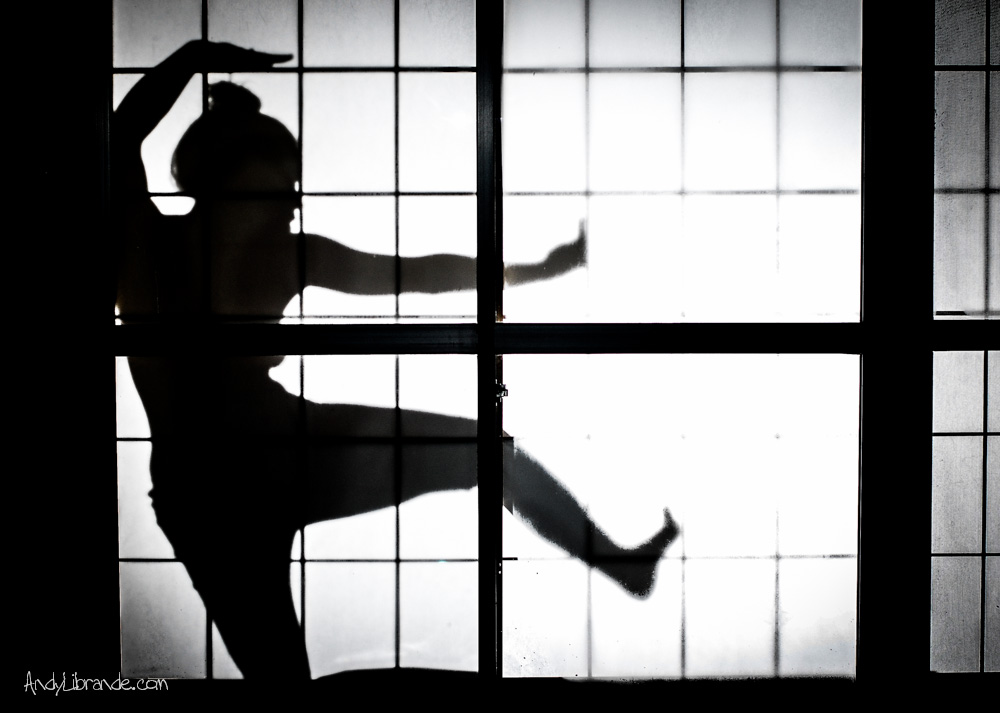
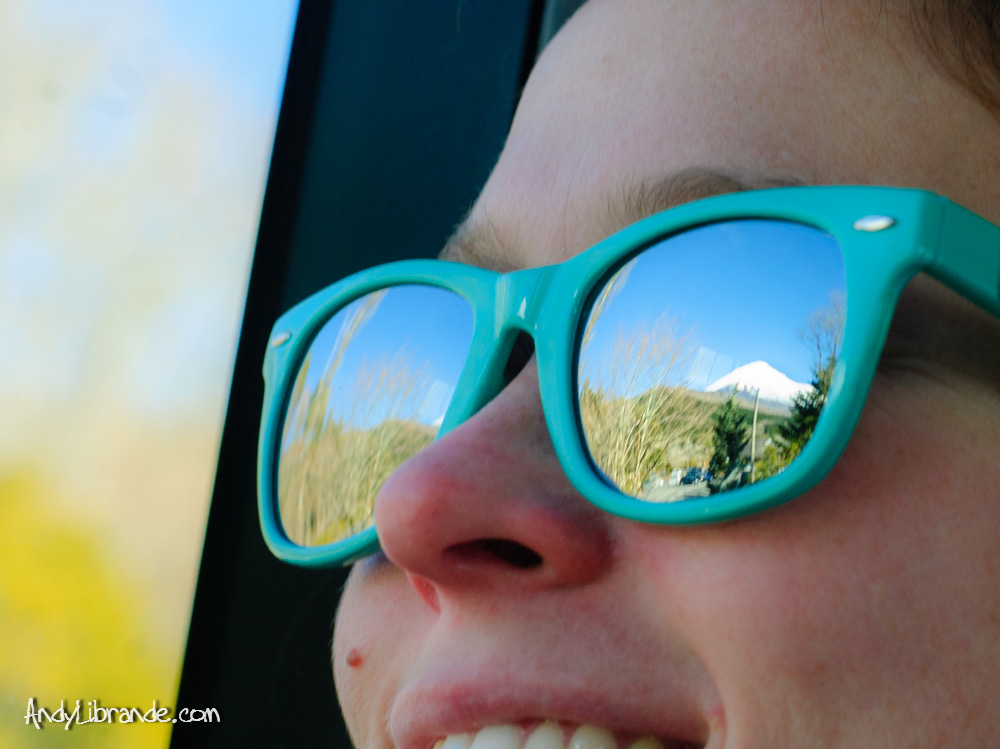

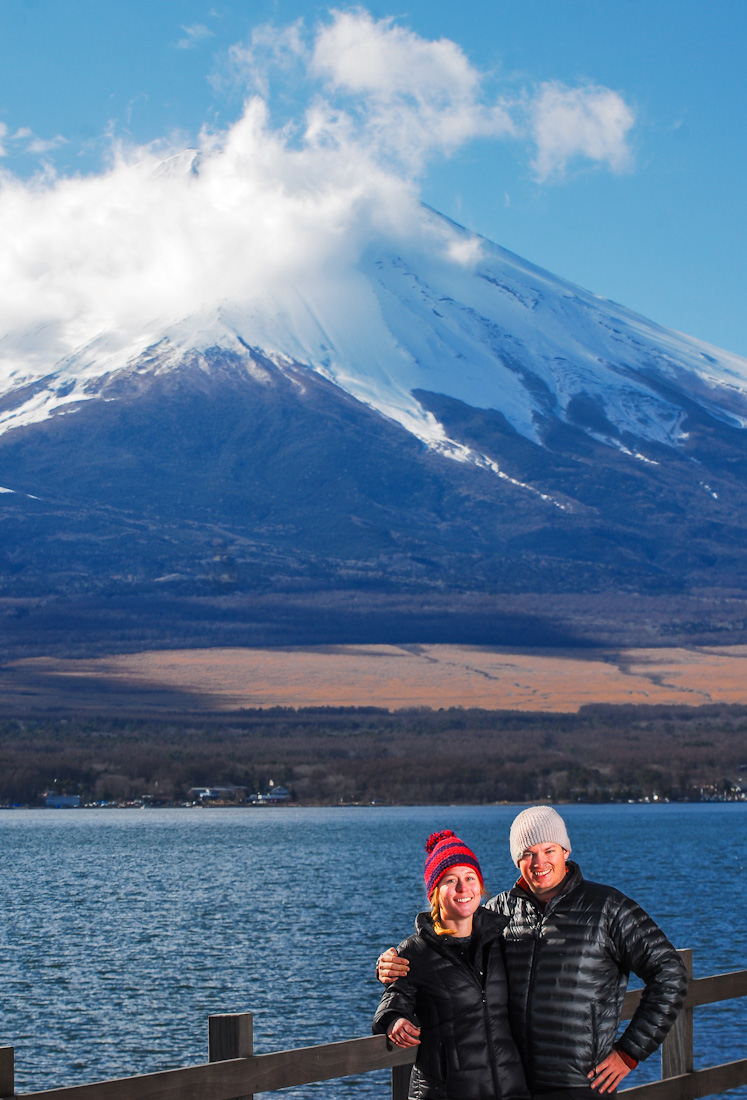



Recent Comments: